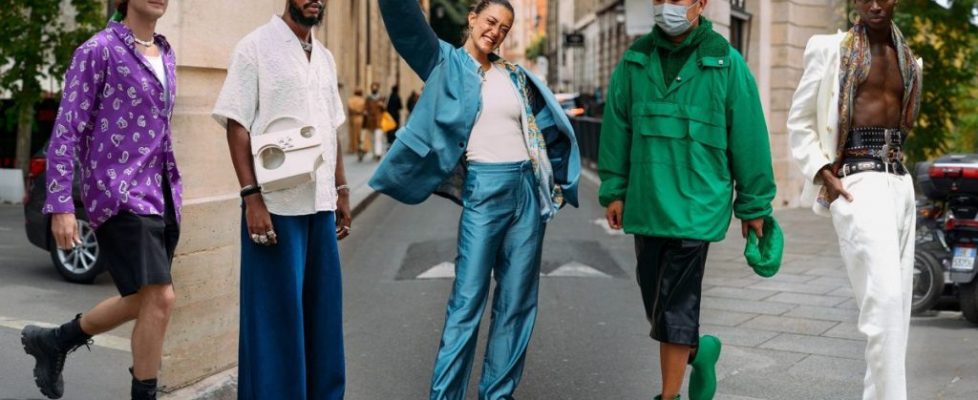PEOPLE : “Gen-Z and Fashion in the Age of Realism”
The pillar ‘People’ is one of the most important pillars in the fashion industry as people in the fashion industry are a broad group of professionals that work together to shape the trends, fashions, and stories that define our cultural aesthetics. They are generally seen as the cornerstones of this dynamic and constantly changing world. Fashion is an essential component of our collective expression and storytelling since each individual in this pillar makes a unique contribution to an art form that transcends the runway. Here, in this blog we will discuss Gen Z as a consumer and how brands may draw in customers by using distinctive marketing techniques that cater to their shared interests. Generation Z, who will shortly surpass all previous generations in population and diversity, will bear the majority of the future of employment.
Those born between 1996 and 2010 are considered to be members of Generation Z, according to McKinsey. The digital age, COVID-19, changing financial conditions, and climate anxiety have all influenced this generation’s identity. There is a bigger cultural divide between Gen-Z and older generations because they were the first generation to grow up digitally native and had different formative experiences than earlier generations. Gen-Z consumers now have a remarkable ability for networking and interacting with audiences through social media platforms. Today, Gen Z and millennials make up a sizable portion of the consumer base, which is important for the majority of fashion enterprises. With a $360 billion purchasing power, Gen-Z is notably influencing the economy and culture in the US.

These days, marketing focuses more on telling a brand’s story and building stronger emotional connections with consumers than it does on just pushing things. And since members of Gen Z are digital natives, they would be a potential market for numerous brands. Furthermore, Gen Z is a generation that favors inclusivity and diversity. Many desire to see representation of themselves and their peers in the brands they use. In order to make sure that even more individuals feel included, more platforms are establishing safe and welcoming spaces for LGBTQ+ users. Another illustration is the skincare line Fenty Beauty, which was started by singer Rihanna. The company introduced a variety of foundation hues that were designed to suit a broad spectrum of skin tones, including some that are frequently disregarded by other companies. In November 2021, H&M debuted a virtual vegan fashion collection on its Looop Island in the Nintendo game Animal Crossing. Other mainstream brands like Wrangler, Levi’s, Diesel, and Gap have also recently launched collections of non-fungible tokens (NFTs), which are unique virtual products stored on blockchains. Boohoo began running billboard advertisements on the “Paris World” island of the Paris Hilton on the online gaming platform Roblox in February 2022.

In conclusion, inclusiveness, engagement, transparency, social responsibility, and cultural knowledge are critical people skills that brands must demonstrate if they hope to succeed with Generation Z. These abilities enable brands to engage Gen Z more deeply. In addition to being current with trends, brands catering to Gen-Z must also be inclusive and sustainable. Additionally, it’s critical for the company to properly sell its product—in this example, via social media.
Reference List :
1) https://www.forbes.com/sites/onemind/2022/07/22/the-future-of-work-depends-on-supporting-gen-z/?sh=7ee83c3e447a
2) https://www.mckinsey.com/featured-insights/mckinsey-explainers/what-is-gen-z
3) https://www.drapersonline.com/guides/gen-z-and-millennials-2022
4) https://www.businessoffashion.com/reports/retail/gen-z-fashion-in-the-age-of-realism-bof-insights-social-media-report/
5)
